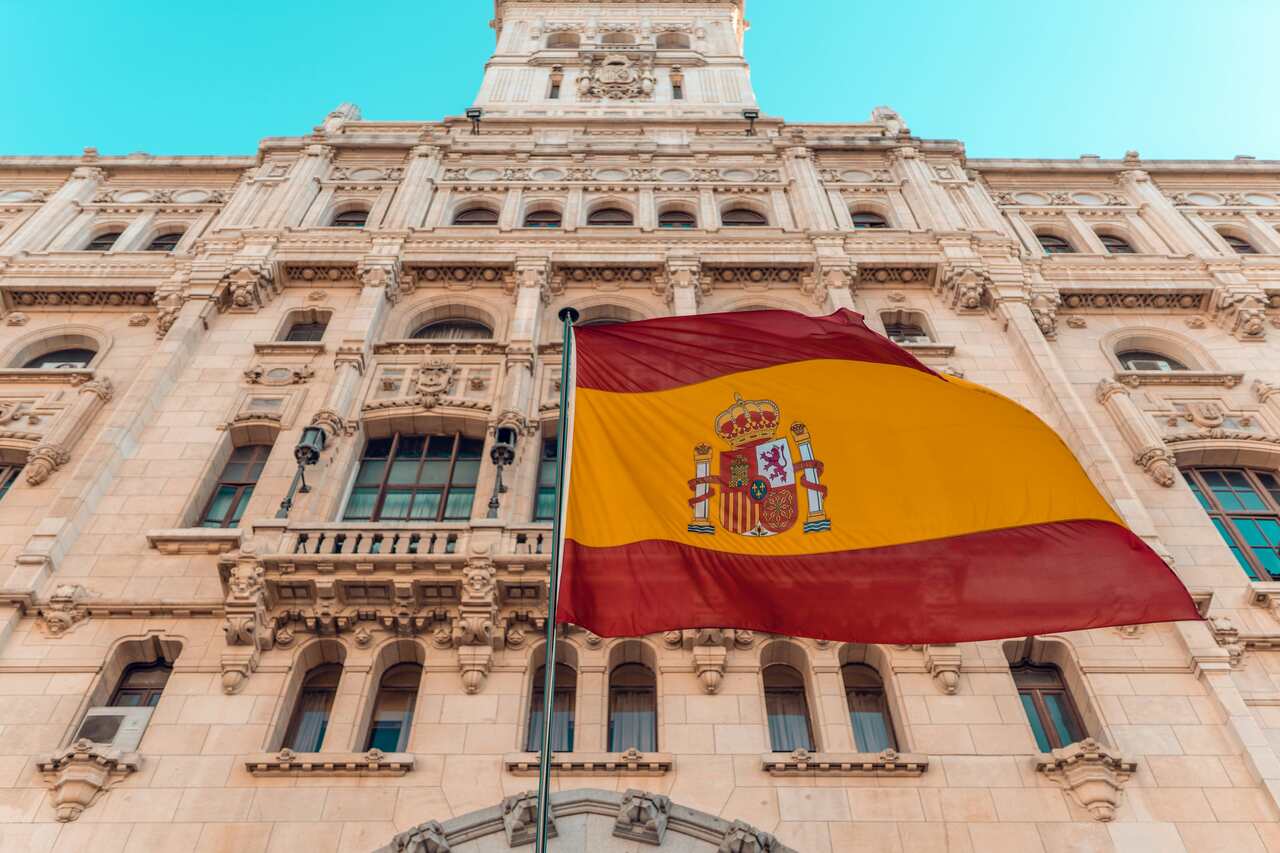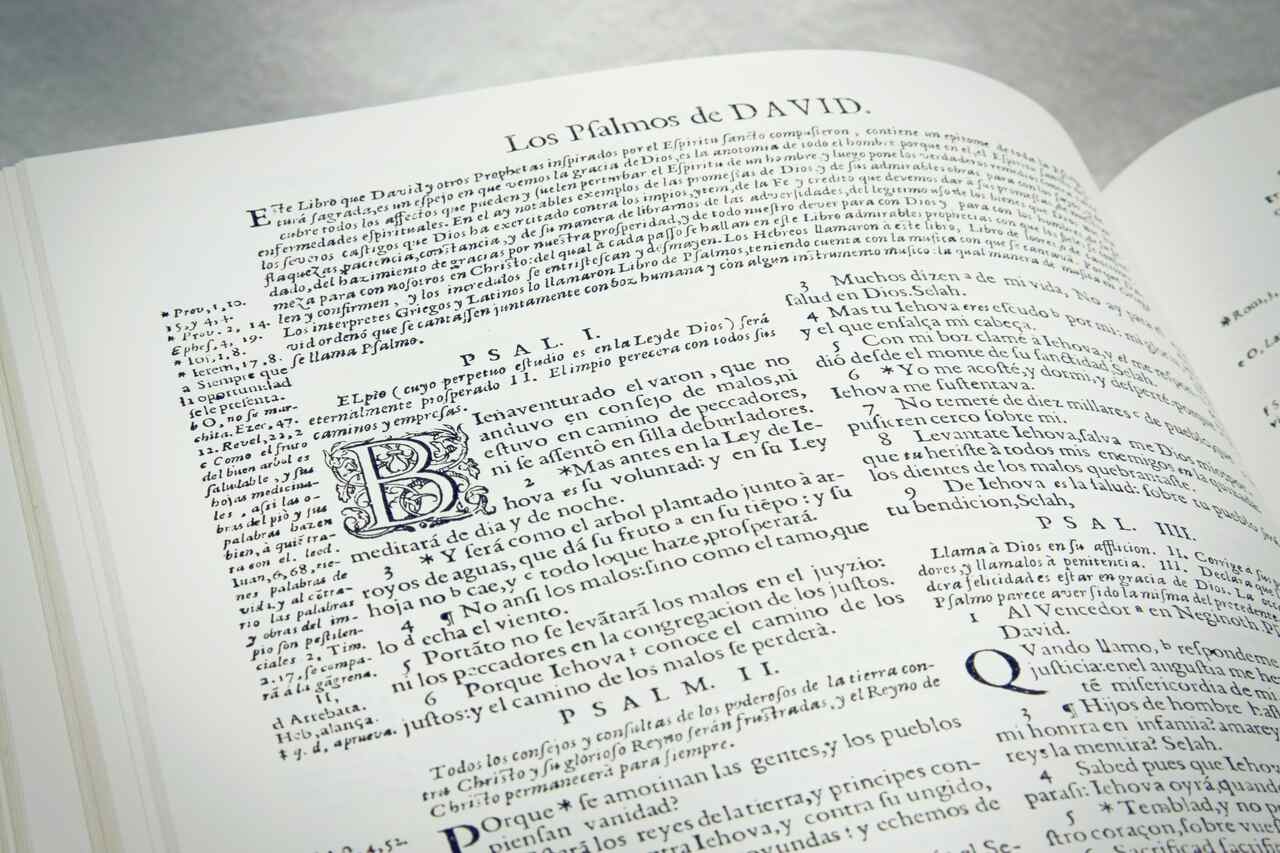
How Spanish Has Influenced Other Languages
DATE:
Spanish is one of the most widely spoken languages in the world, and its influence stretches far beyond its native speakers. Did you know that over 500 million people speak Spanish globally? This widespread use has left an indelible mark on numerous languages, reflecting a rich history of cultural exchange and linguistic evolution.
The Spread of Spanish: A Historical Overview
Spanish Colonization
The story of Spanish influence on languages begins with the Age of Exploration. In the late 15th century, explorers like Christopher Columbus set sail under the Spanish flag, leading to the discovery and subsequent colonization of the Americas. This period marked the beginning of Spanish as a global language, as settlers and missionaries introduced it to the New World.
The Spanish Empire
At its height, the Spanish Empire was one of the largest empires in history, spanning continents and oceans. The language spread across the Americas, parts of Africa, and Asia, significantly impacting local languages. For example, in the Philippines, many Spanish words are still used in daily conversation, and in the Americas, Spanish blended with indigenous languages to create new dialects and languages.
Spanish Loanwords: Enriching Other Languages
Everyday Words
Spanish loanwords have seamlessly integrated into many languages, enhancing vocabulary and communication. In English, many common words are borrowed from Spanish, each carrying a unique story and usage. Here are some examples:
- Patio: Originally from the Spanish word for ‘courtyard,’ in English, it describes an outdoor space used for dining or recreation.
- Tornado: Derived from the Spanish ‘tornar’ (to turn), it refers to the violent rotating column of air in severe weather.
- Plaza: From the Spanish word for ‘square’ or ‘marketplace,’ describing public squares in cities and towns.
- Salsa: Meaning ‘sauce’ in Spanish, it retains its culinary meaning and refers to the lively music and dance style.
Food and Cuisine
Spanish cuisine has introduced many terms that are now staples in global culinary vocabulary. Here are some notable examples:
- Taco: A Mexican dish of a folded or rolled tortilla with various fillings, now a global fast-food item.
- Burrito: A Mexican dish of a large wheat tortilla wrapped around a filling, widely enjoyed worldwide.
- Churro: A sweet treat made from fried dough, popular as a dessert item in many countries.
- Paella: A Spanish dish of rice, saffron, seafood, meat, and vegetables, symbolizing Spanish culinary tradition.
Art and Music
Spanish influence extends into art and music, leaving a significant mark on global culture. Key examples include:
- Flamenco: An Andalusian art form combining singing, guitar, dance, and handclaps.
- Guitar: Derived from the Spanish ‘guitarra,’ central to many musical traditions.
- Fiesta: Meaning ‘party’ or ‘celebration,’ used globally to describe festive events.
- Reggaeton: A music genre blending Latin rhythms with hip-hop and reggae, originating in Puerto Rico and globally recognized.
These examples illustrate how Spanish loanwords enrich other languages, enhancing communication and cultural understanding. From the words we use to the food we eat and the music we enjoy, Spanish has a profound and enduring impact on global culture.

The Romance Language Family: Shared Roots and Influences
Latin Roots
Spanish is part of the Romance language family, which also includes French, Italian, Portuguese, and Romanian. These languages all derive from Latin, the language of the Roman Empire. This common origin means they share many similarities in grammar, vocabulary, and syntax, making them mutually intelligible to varying degrees.
Similarities and Differences
Though they all have similar origins, Romance languages have evolved distinctively. For instance, speakers of one language can more easily pick up the other because of the similarities in their phonetic structures between Spanish and Italian. But each language is distinguished by certain clear distinctions in verb conjugation, usage, and pronunciation. Gaining knowledge of these parallels and discrepancies might help one comprehend the Romance Languages Origin in general.
QUICK TIP…
Did you know that many English words have their roots in Latin, filtered through French and Spanish? This connection highlights the intricate web of linguistic influences across Europe and beyond.
Spanish and Creole Languages: A Fusion of Cultures
Origins and Development
Creole languages are distinctive mashups that develop in colonial settings, fusing African and indigenous languages with European languages like Spanish. These languages, which help disparate people who do not speak the same language communicate with one another, frequently emerge out of necessity. The end product is a combination of vocabulary and grammar from several sources.
Several creole languages have been greatly influenced by Spanish, especially in the Americas and the Caribbean. Creole languages were developed during the colonial era as a result of interactions between African slaves, indigenous people, and Spanish colonizers. While adjusting to the phonetic and syntactic preferences of local and African languages, these languages included features of Spanish.
Examples of Spanish-Based Creoles
Palenquero is a prominent example of a Spanish-based creole spoken in San Basilio de Palenque, Colombia. It combines Spanish with African languages, creating a distinct linguistic identity. Recognized by UNESCO, the community preserves this unique heritage.
Papiamento, spoken in Aruba, Bonaire, and Curaçao, blends Spanish with Portuguese, Dutch, and African influences. For instance, “dushi” (sweet/nice) showcases the blend of Portuguese and Spanish. This language reflects the region’s complex colonial history and cultural exchanges.
Chavacano in the Philippines is another Spanish-based creole that integrates local Philippine languages and some Mexican and Portuguese influences. Terms like “buenas dias” (good morning) and “gracias” (thank you) highlight the enduring Spanish presence in everyday conversation.
These creole languages exemplify the adaptive nature of linguistic evolution under Spanish influence, embodying the histories and identities of their speakers. They reveal how communities creatively blend languages to meet communication needs, preserving cultural heritage while adapting to new circumstances.
DID YOU KNOW…?
Palenquero is considered one of the only Spanish-based creoles still spoken today, showcasing the enduring legacy of Spanish colonization and its cultural impact.
The Enduring Legacy: Spanish’s Continued Influence
Spanish in the Modern World
Today, Spanish continues to exert a strong influence on languages and cultures worldwide. With the rise of globalization and digital communication, Spanish-language media, literature, and entertainment are more accessible than ever. This widespread availability further reinforces the presence of Spanish in everyday life across the globe.
The Future of Spanish Influence
The impact of Spanish on other languages is probably only going to increase in the future. The Spanish language and culture will spread as more individuals pick up Spanish as a second language and as the number of Spanish-speaking people rises in nations like the US. Spanish will continue to be a dynamic and important language in the international society because of this continuous evolution.

Embracing the Spanish Influence
The Spanish influence on languages is a testament to the dynamic and interconnected nature of human cultures. From its historical spread during the Age of Exploration to its modern-day presence in media and entertainment, Spanish has left an indelible mark on the world.
For those eager to explore this rich linguistic heritage, SpanishVIP offers a unique opportunity to dive deep into the language with the help of Dedicated Teachers and Student Success Advisors. Start with a free 1:1 class or enjoy a free 7-day trial of our group classes. Discover the beauty and depth of Spanish and its lasting legacy on global languages.








